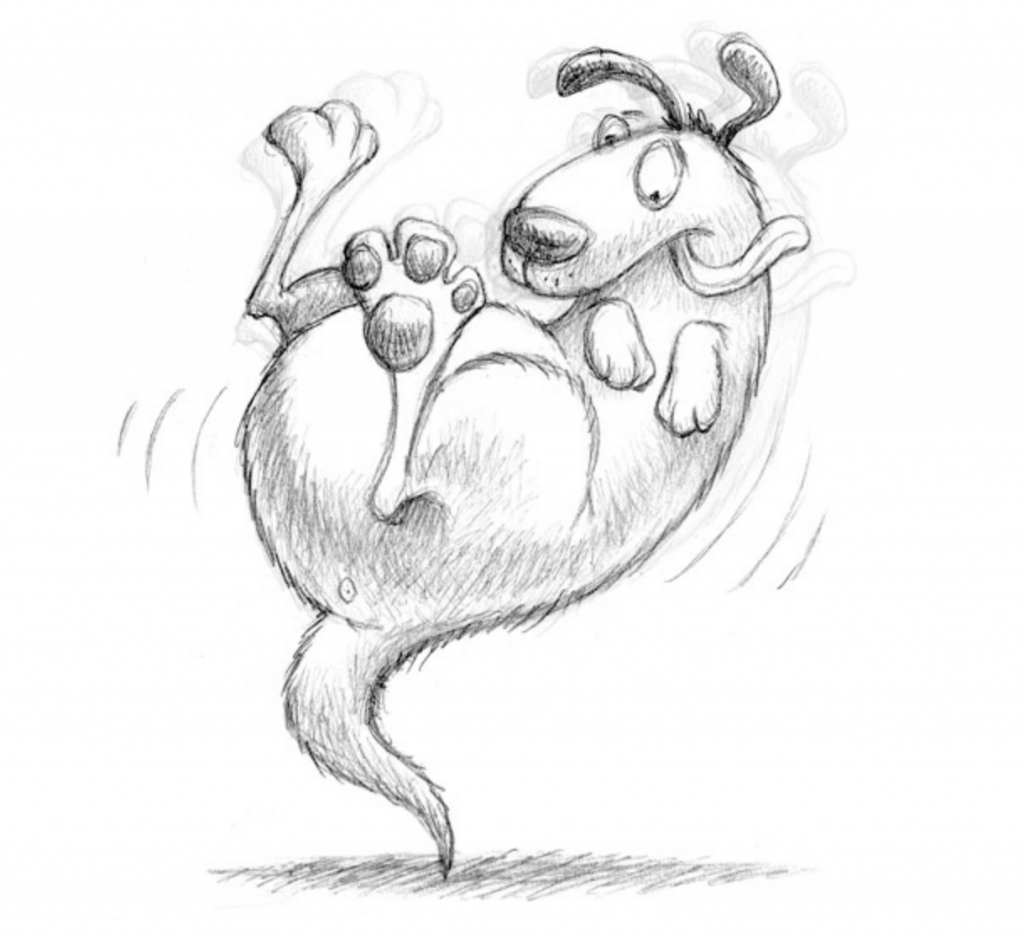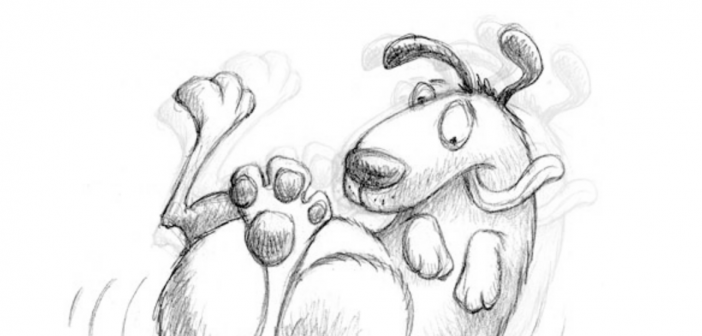The Tail Wagging the Dog
…and How That Phrase Applies to the Amusement Industry
By George McAuliffe, President, Pinnacle Entertainment Group

George McAuliffe
Although the origin of that phrase is lost to time, the meaning isn’t. The tail wags the dog when the less important or “subsidiary” factor, person, or thing dominates a situation. In other words, when a minor or secondary part of something controls or dominates the whole or the main part.
Think about that. Obviously, the dog represents the main thing; its tail is an appendage, just a small part of the main thing. The dog can survive without his tail. The tail without the dog? Not so much. Yet in life, and in business, we frequently encounter situations where a clearly secondary factor dominates, to the detriment of the whole.
I have a relative who is obsessed with getting the lowest gas prices for her car, but the gas she burns searching for it costs more than the two cents per gallon she saves! The greater good of saving money is sabotaged by the primary focus on price per gallon.
The tech world may lead the economy in tail-wagging moments. Does it ever seem to you that every “upgrade” by a software company makes the product harder to use? I use Microsoft Word every day, and use maybe only 50 percent of the total features it offers (like, I suspect, 99 percent of Word users). Yet the upgrades we get aren’t made for the 99 percent. Invariably, it is some obscure “improvement” that might help not even half of the remaining 1 percent. That would be fine if the upgrade didn’t make the product harder to use, but it usually does. Invariably, there are additional clicks or steps the everyday user must accommodate.

[Illustration courtesy of Linda Silvestri Illustration | LindaSilvestri.com | SketchedOut.wordpress.com]
Tail Wagging in FECs
Here are some examples from our world:
Token Creep: Several years ago, we were retained by a pizza restaurant chain to assess and improve its game rooms. At the first meeting, we asked what their most serious challenges were. The company president reported that they were having a major problem because customers were spending Chuck E. Cheese’s (CEC) tokens in their arcades. We walked through the numbers. The CEC tokens represented 1.5 percent of sales (the actual hard cost to my client was much lower, the cost of sales on the redemption play). We asked what the company spent on marketing. Answer: 3 percent of sales. So, isn’t it a positive for your business to attract your competitors (qualified) customers at half the cost? Certainly, it is –– when the focus is on the “dog,” the big picture.
Phantom Labor Savings: Frequently, when designing game rooms, the client wants to combine the redemption counter (or store) with their sales or bowling desk to save labor. Hey, I want to save labor as much as the next guy, but let’s not let the tail wag the dog here! Our experience is that the merchandise displays need to have a sight line to the games. That’s what drives sales –– it’s the most important factor. Service is also important, so we are going to staff the redemption area all weekend and most evenings anyway. Not to mention that our sales or bowling desk will be busy too, so staff doing double duty is impractical. Considered this way, we realize that our primary factor in locating our redemption store/counter should be visibility and proximity to the arcade, not a labor saving goal that can’t be reached in real life.
Misidentifying “Cost”: We recently had a client who didn’t want to allow his games to dispense redemption tickets during his friends and family pre-grand opening event. His thinking was that since there was no revenue, the guests shouldn’t expect him to pay for prizes. He focused on the cost.
Taking a closer look, we estimated that 50 guests would attend the two-hour event. If they each spent an hour in the game room, they’d average twenty games each. Our game price per play averaged 93 cents so total sales for the event would be $930. We design our clients’ game rooms for a total arcade cost of sales of 12 percent. (We pay out about 20 percent, and after ticket walkaway, saver factor, and non-redemption games are considered, that blends down to 12%.) That means the prize cost would be $112.
So, what is the “dog” here?
Let’s review: You’ve decided to transform your guest experience (your business) by launching a new game room and have invested $500,000 to do it, and you want to introduce your community to it. Redemption games make up 70 percent of the games (and therefore the experience). The magic of redemption is the combination of game play and winning prizes. When the invitees experience all you’ve created, have fun and enjoy the entire redemption experience, they go out and tell all their friends! Looked at this way, the $112 goes from a burdensome cost to cheap investment in marketing your game room!
Most of us are guilty of screwing up the cost/benefit analysis, which is really what we are talking about here. I’ve passed on trips or trade shows, thinking I was saving time and money, only to find out I missed an opportunity that would have generated a profit far above those travel costs. I’m sure you have your own examples. It pays to take the time to look at all the angles and to make sure that we don’t focus too narrowly on the wrong things. Where is the tail wagging the dog in your operation?
[Illustration courtesy of Linda Silvestri Illustration | LindaSilvestri.com | SketchedOut.wordpress.com]
George McAuliffe has helped hundreds of business large and small develop and execute arcades and FECs. He has personally operated family entertainment centers from 2,000 to 150,000 square feet as a corporate executive, entrepreneur and consultant. With his partner and son Howard, he recently launched The Pinnacle Insider to help a wider audience execute FEC operations at a higher level. Readers can become an Insider at ThePinnaceInsider.com.
George lives on the Jersey Shore with his wife, Julie, and has a passion for passing along what he’s learned in the fun business to the new generation of operators and suppliers.
Visit grouppinnacle.com for more information or contact George at georgemc@grouppinnacle.com; phone: 314-422-7197.




